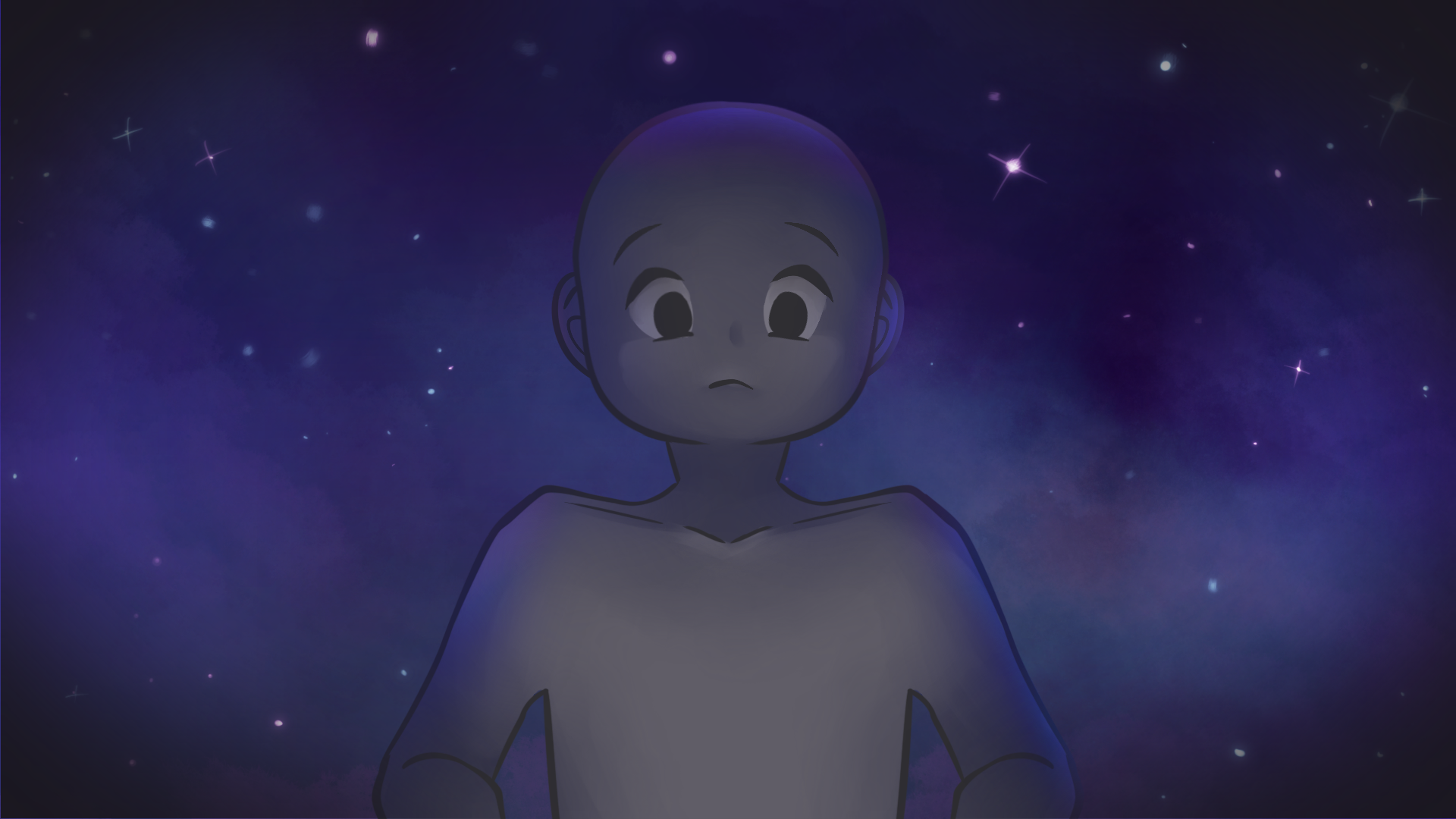Designer Devlog 3
Hello again! We are now done with our 3rd sprint, and after completing our most recent build, I’m really happy with where the game is at right now. In the last sprint, we overhauled the tutorial, reworked the movement system, and implemented a first pass at our Overworld, marking a major milestone in the game’s development.
To start off, we decided to go back and address complaints about the original tutorial. A lot of the jumps were not possible, which was a major point of frustration for our playtesters, so we decided to rebuild it. Gabriel took the lead on this, creating a new level from the ground up. While it still needs iteration, playtesters had fewer complaints about the level overall.
The next change, and the most important of our developments, was an overhaul of the movement system. Based on feedback from the first playtest, many players were frustrated with how the character controlled. Players frequently clipped on the sides of ledges because the player script used a Rigidbody component rather than a Character Controller component. While this was primarily the programmers’ work, I oversaw the exact implementation of each feature to ensure everything aligned with my vision for the game. The switch to a Character Controller fixed several issues, including the frequent and frustrating edge clipping. It also improved how layers and ramps behaved, allowing the player to walk smoothly on sloped surfaces. Additionally, the normal of each surface is now factored into the pogo direction, meaning sloped surfaces bounce the player toward the slope’s angle. This lets players travel faster horizontally, reinforcing the core vision of a flow state game while also allowing me to design more intentional spaces in the Overworld. I can now subtly nudge players toward certain directions using ramps.
In my last blog post, I mentioned an underlying design issue between the gun and the pogo leg. The gun previously had infinite ammo, could be fired from the ground, and provided more knockback than the pogo leg. This created an imbalance where players had no reason not to use the gun. To address this, our programmer first changed the gun so it could only be fired while in the air. We then adjusted the knockback and added an ammo system. Initially, the gun would reload automatically when the player landed, but after some thought, we realized this again made the pogo obsolete. By tying the gun’s reload to pogoing, we created a much more interesting interplay between the pogo and the gun. We also added a system where a perfect pogo fully reloads the gun, while a normal pogo reloads only half. Unfortunately, we never explained this in the tutorial, so players were confused about how to reload. However, our data showed that the pogo leg now felt more usable, fun, and rewarding. In the future, I’d like to make regular pogos reload half, but have subsequent regular pogos fill the second half of the magazine. Limiting it to half might confuse players who can’t always hit the perfect pogo timing.
Along with that design work, a large portion of my time was spent designing the Overworld. I implemented many of the assets, set up colliders, and began constructing a giant maze of storage containers. My philosophy going into this was to create spaces where players can explore freely while expressing themselves through movement. I’ve been playing a lot of Skate 4 recently, and I really appreciate that game’s approach to giving players spaces to find their own fun. Some might consider this approach lazy game design, as it can feel like it puts too much on the player. But if a virtual playground doesn’t inspire creativity, it’s fair to say the world wasn’t designed thoughtfully. I tried to find a sweet spot, allowing players to explore freely while providing enough unique geometry and verticality for them to discover their own paths.
In the future, I’d like to add more structure to test players’ mastery of movement through platforming challenges or time trial segments. Some playtesters mentioned that they enjoyed the openness of the levels but also wished for more structured challenges. I think this will be a significant design undertaking, but I’m excited to take it on.
Finally, I implemented an animation system for Keana’s animations. This was relatively simple to set up, as Unity’s animation system makes things straightforward. The animations gave players the visual feedback they wanted from the first playtest, clearly showing when the player pogos or fires the gun.
Get KickBack
KickBack
Jump high, shoot fast, and take your memories back!
| Status | In development |
| Author | CAGD |
| Genre | Platformer, Shooter |
| Tags | 3D Platformer, First-Person, Singleplayer |
More posts
- Producer Devlog 533 days ago
- Designer Devlog 533 days ago
- Designer Devlog 447 days ago
- Producer Devlog 450 days ago
- Producer Devlog 361 days ago
- Producer Devlog 275 days ago
- Designer Devlog 277 days ago
- Designer Devlog 189 days ago
- Producer Devlog 190 days ago

Leave a comment
Log in with itch.io to leave a comment.